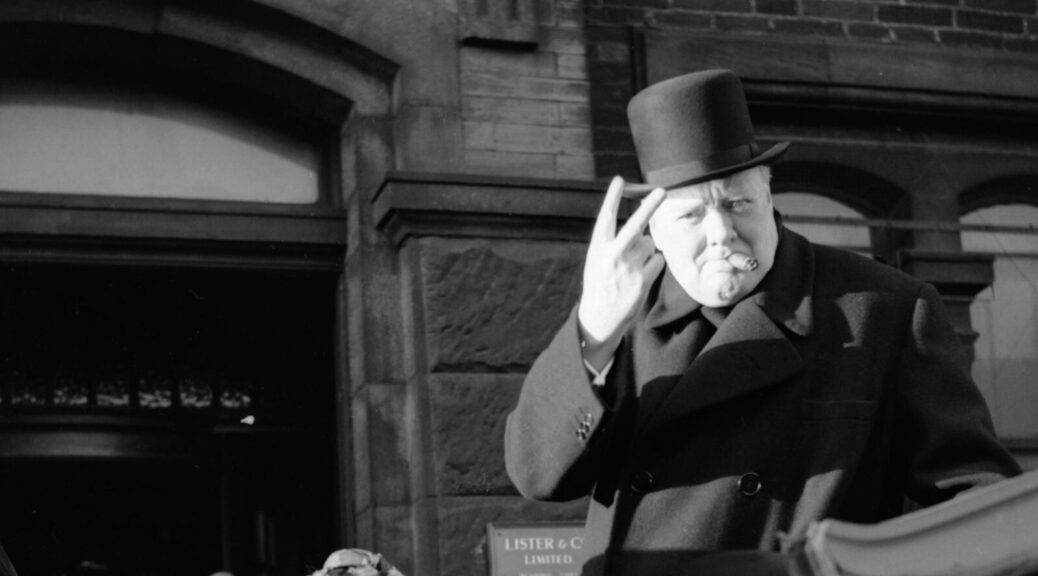
Churchill’s V-Sign (both ways) and the Peace Symbol
Q: Where did Churchill get his V-sign?
A: Unknown, but it was a great prop
The “crow foot” peace symbol predates Churchill’s V-sign by four or five centuries. Its 20th Century form was popularized by Picasso in the World Peace Conferences of the 1950s. There it was alleged to represent the Christian cross upside down and broken, the symbol of a Communist peace.
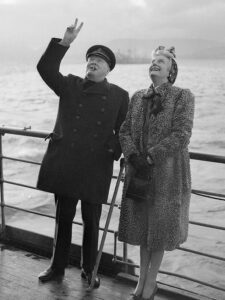
Whether this is true or has any relation to Churchill’s “salute” the reader will have to judge. Wikipedia has an interesting discussion. The “crow foot” was later adopted in Britain by the Committee for Nuclear Disarmament.
I’m not sure where Churchill picked up his V-sign, but he certainly popularized it during the Second World War. And most often, he got it right—flashing the V-sign palm-out.
According to members of his family and colleagues, he was completely oblivious to the alternate meaning. That occurs when you flash the V-sign palm-in. (See photo at top!)
The derisive alternative
The V-sign when made palm facing in is equivalent in Britain to the “one-finger salute” in America.
The late actor Robert Hardy was an expert on the history of archery and was sure of the V-sign’s origins. Before the Battle of Agincourt in 1415, the French promised to cut off the index and middle finger of Henry V’s English archers. They lost, and the captured French prisoners were paraded before King Harry’s bowmen. The latter flashed their intact middle fingers at the vanquished French as a gesture of disdain. That insult has persisted in England and other places ever since.
It is virtually certain that Churchill was unconscious of the meaning of the palm-in V-sign, when on occasion he used it. Former secretary Elizabeth Layton Nel told me he was “astonished” when (with some embarrassment) she told him what it meant. This moment is humorously reenacted in the great film Darkest Hour, with Gary Oldman as WSC and Lily James as Elizabeth.
Related reading
“The Pool of England: How Henry V Inspired Churchill’s Words,” 2019.
“‘Tim’—In Memory of Timothy Robert Hardy,” 2017.
“Downing Street Annexe and Secretary Elizabeth Nel,” 2020.
“‘Then Out Spake Brave Horatius’: A Review of Darkest Hour,” 2018.
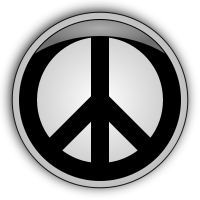
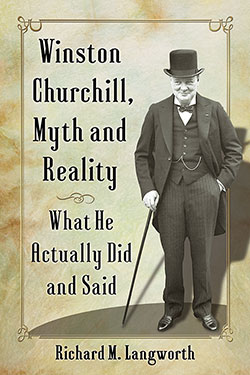
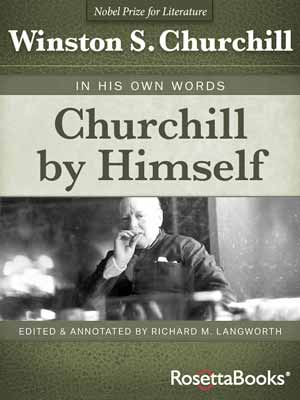
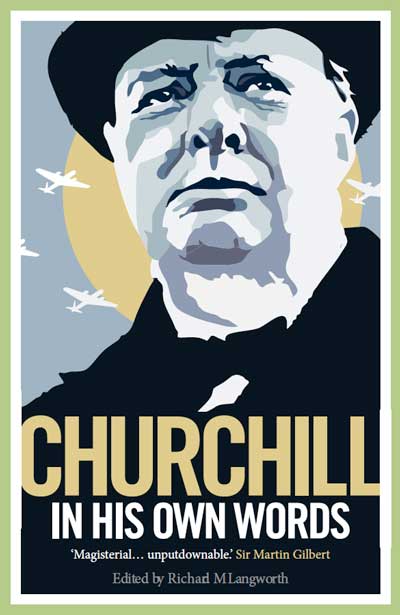
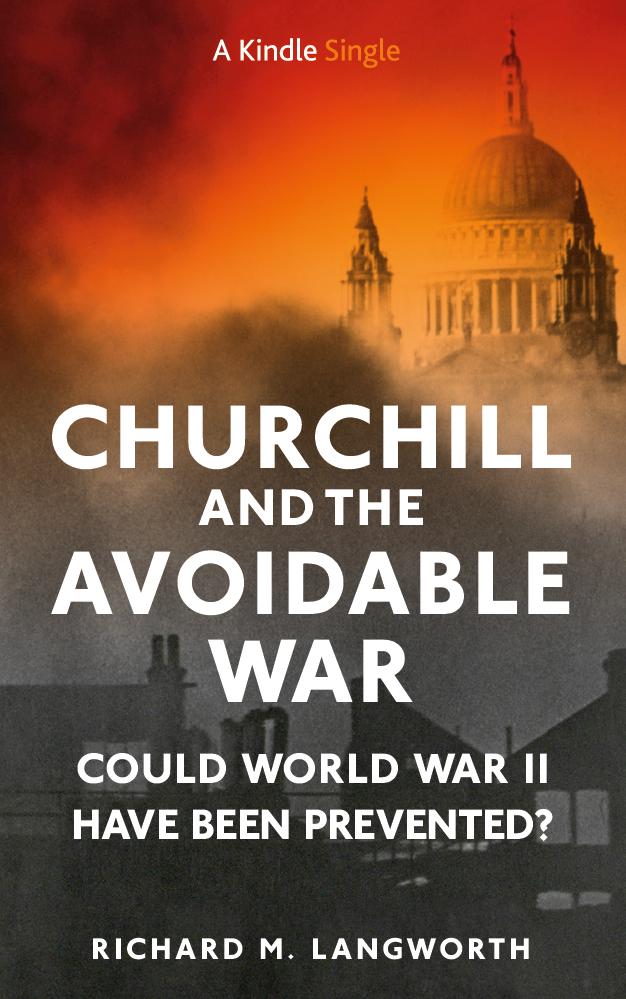
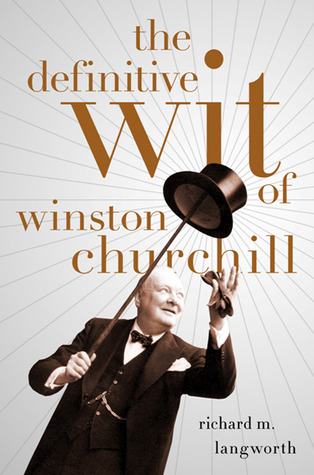
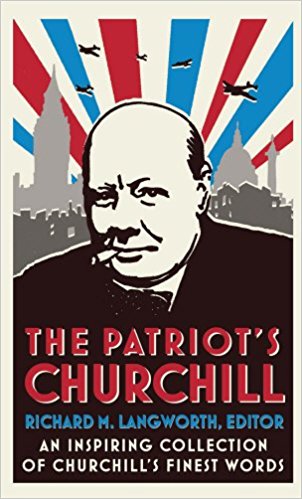

3 thoughts on “Churchill’s V-Sign (both ways) and the Peace Symbol”
You could get in a lot of trouble in the 60’s for flashing the peace sign to the wrong people. At school, on the street, riding your bike–as an identity badge, it was a little like having long hair that you could easily hide. We used to have a picture from the Orange County Register of a long haired man flashing the peace sign, with the caption “hippie making the secret hand sign that means ‘I have marijuana.’”
First learning that the two finger palm in salute is the equivalent of the single finger salute. Thank you for the opportunity to maintain complementary responsing.
Dear Richard,
I have found myself, after learning from “Darkest Hour” the palm side in is the same as the one finger salute, using it quite frequently!
–
LOL. -RL
Comments are closed.